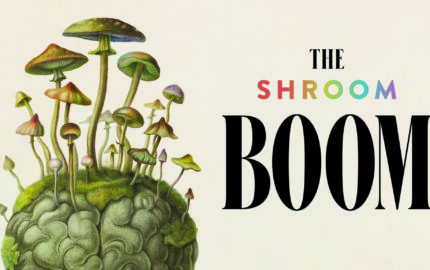Editor’s Note: This is the first in an occasional series of posts that elaborate on some of the most basic weaknesses in story pitching. You can find other resources about pitching, including examples of successful pitches, in our “The Pitch” series.
Human nature: We get so caught up in fretting about the high-flying aspects of a project that we can skip right over the basics. Yet those basics can trip us up if they aren’t tended. Forgetting to turn on the oven in time to make a special meal for guests. Running out of gas on the way to the airport. Having a phone go dead or a pen go dry during an interview.
Usually these are the kind of things we do out of habit. But habit can fail us when we are stressed, distracted or reaching for something new — or if we’ve done something so many times we start to do it thoughtlessly. That’s where checklists come in handy. When I flew a lot for work, before Covid, I took great comfort in watching the pilots. Before we boarded, they would circle a plane on the ground, checklist in hand, and note that everything was in order. In the cockpit, as we readied for take-off, they would go through another checklist, and have the co-pilot do a redundant check on the same things. They did it every time they flew. Every step, every time.
The same approach should be the foundation of story work, starting with your pitch. And the first rule of pitching basics:
Know the publication or outlet you’re pitching to, and whether or how your story is a good fit.
The risk of shortcuts
That sounds so basic as to be remedial, but it is a chronic lament among editors: They get pitches that have nothing to do with the focus, personality or parameters of their publication. Fielding those pitches can go beyond irritating to insulting. It wastes the editors’ limited time — even as they are criticized by freelancers for taking too long to respond to pitches or drafts. It can cause those editors to zip through their inboxes with their fingers on the DELETE key, with no time to read beyond the subject line.
Just as an example, I have become one of those editors. Storyboard is a niche site. Our mission and focus are posted at the top right hand of the home page: Exploring the art and craft of story. Yet the inbox is slammed, week after week, with pitches asking if we take sponsored content (It’s obvious from the site: we don’t.), if we’d like to carry someone’s cool blog on life with a puppy (We report, write and comment about the craft of nonfiction storytelling and storytellers; we don’t post content on some specialty topic that has no direct connection to our mission.), if we’d like an opinion piece on corruption in Venezuela or an expose on sexism within professional sports (Fascinating, but nope. Not unless it is about some special story about or reporting/writing challenge arising from those issues. Then hey, yeah. Bring it on!). But if I’m so bleary-eyed from deleting bot-spam or irrelevant emails, I won’t stop long enough to find the gem of a story-sparkle inside a sincere but fumbled pitch.
Related stories
This is not a poor-me rant. I offer it as a reminder to think about the person on the receiving end of your pitch. A non-informed pitch can crash a great story idea before it gets off the ground. It also can crash a good reporter, flagging them as lazy, disrespectful and unprofessional, even if all they’ve done, in their excitement and uncertainty, is skipped some of the fundamentals. It can even undermine experienced, trusted reporters who rely on their credentials to pitch an idea to a new site — only to send in a draft that shows they haven’t done a basic study of the site.
Researching the pitch basics
This may seem harsh. But editors need to trust the reporters they are working with, and trust begins with knowing a reporter doesn’t take shortcuts on the basics. The basics begin with a bit of easy homework:
- Study a few issues of the magazine, publication or outlet you want to pitch. Paywalls are a pain but not an excuse. A few issues of almost any magazine or outlet can be accessed online free. Other options: pay for an inexpensive trail subscription; ask a friend to give you access; or strap on a mask and hie thee to a decent bookstore to scour the magazine racks.
- Take note of the length of pieces in magazines. Story length (word count) is tough to estimate without knowing a publication’s specifics. If you need to guestimate, count paragraphs and note whether they are long or short. There’s no point pitching a pie-in-the-sky 5,000-word fantasy if the publication’s standard is 2,500 words. Beware: Some long stories read short because they are so well structured and paced, so don’t rely on solely on your gut. Be a reporter: Reach out to other contributors at the magazine and ask about need-to-know parameters.
- Pay attention to tone and focus of stories. Look at publications with an eye to the kind of stories they carry. Are they bullet-point service pieces? Personal essays? Deep-dive narratives? Multi-media investigations? Smart freelancers can parse the same core story idea and reporting into multiple pieces that are shaped to different audiences and purposes. Several years ago, I worked with a friend who had written an essay about dealing with the death of her daughter at the hands of a repeat drunk driver. It wasn’t an easy story to place, so we brainstormed other ways to approach it. She landed a service piece in O Magazine, with advice about what to say, and not say, to a bereaved parent. Not long after, she was contacted by a city magazine that ran her original long essay.
- Find and follow submission guidelines.
We’ll come back to that last one again when we explore fatal flaw #2.



